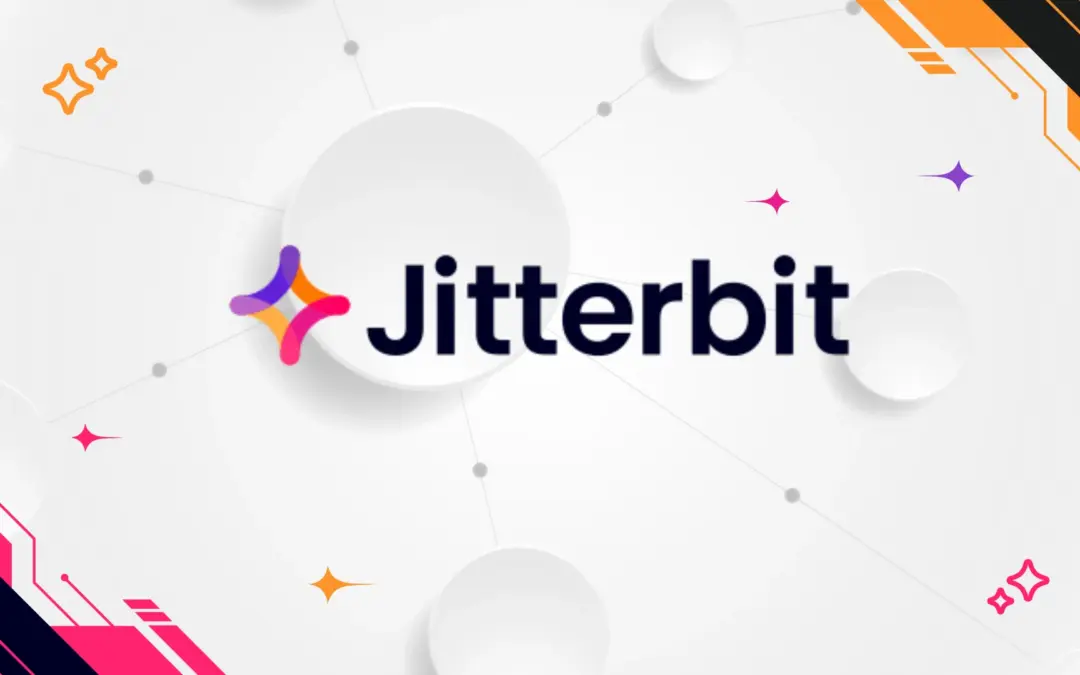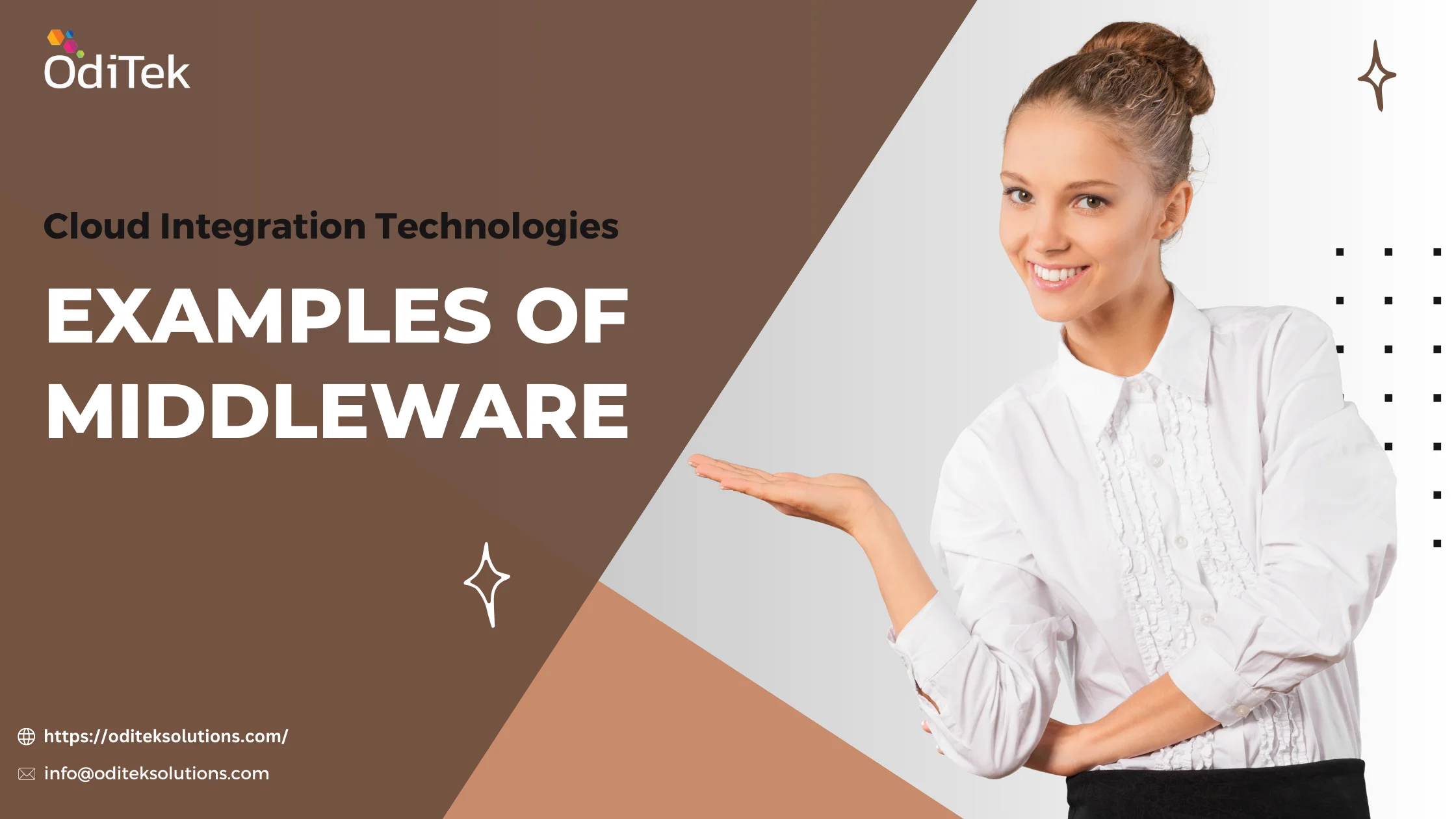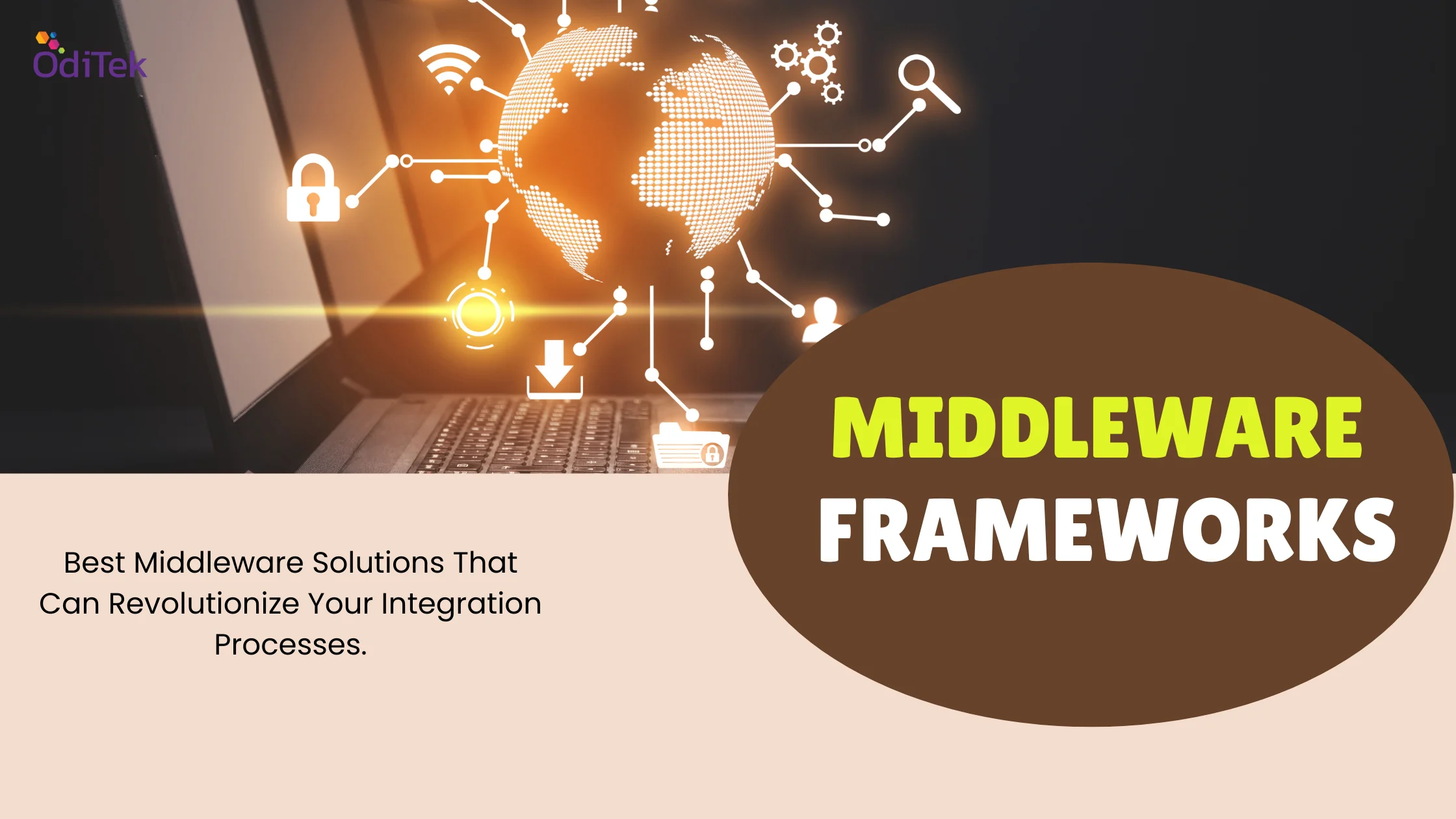Jitterbit is a powerful cloud-based integration platform as a service (iPaaS) designed to streamline the integration of data, applications, and business processes. Leveraging high-performance parallel processing algorithms, Jitterbit can significantly reduce project timelines from months to weeks or even days, making it ideal for handling large volumes of data. The platform is user-friendly for both IT developers and business users, offering intuitive tools and functionalities that empower non-technical users to create and manage integrations with minimal training. Jitterbit’s mission is to turn complexity into simplicity, enabling organizations to operate faster and more efficiently, leading to increased productivity and potentially happier employees.
Oditek Solutions is aided by years of experience in cloud integration landscape, across a wide range of diverse integration of different information management systems and applications using Jitterbit. We provide customized solutions where our clients’ business needs have to be specially catered to; scalability, reliability, and data security are guaranteed throughout the integration lifecycle. Our commitment to excellence and customer satisfaction drives us to provide optimized integration solutions that will help further empower businesses for efficiency, streamline operations, and foster growth in the current digital dynamic landscape.
Could Integration Services with Jitterbit
Jitterbit provides integration and data management services between different systems and platforms. The key services that Jitterbit provide are:
1. Integration Platform as a Service (iPaaS)
i. The cloud-based Jitterbit platform can integrate applications, data, and APIs across on-premises, cloud, and hybrid environments.
ii. It facilitates the real-time synchronization of data and automates business processes.
2. Connectors and Adapters
i. Pre-built Connectors and Adapters to popular apps, databases, and services like Salesforce, SAP, and NetSuite, or AWS, Azure.
ii. Accelerates integration projects by providing ready-to-use connectivity options.
3. Data Transformation and Mapping
i. Tools and capabilities to change formats, structures, and protocols of data for multiples-system compatibility.
ii. Mapping enables the translation and transformation of data according to rules and business logic.
3. API Management
i. Capabilities of API Integration to connect different systems with APIs and manage them.
ii. It supports the creation, publishing, versioning, and monitoring of APIs to make integration processes easier.
4 Cloud Data Loader
i. A tool bulk loading data and migrating them between cloud applications, databases, and storage services.
ii. Enables effective Extraction, Transformation and Loading options for data.
5 Real-Time Integration
i. Allows easy, real-time integration and event-driven architecture, permits the instantaneous update of data and notifications across connected systems.
6. Business Process Automation
i. Workflow automation capabilities automate redundant tasks for seamless business processes.
ii. Orchestrates workflows across integrated systems for improved operational efficiency.
7. Error Handling and Monitoring
i. A robust error-handling mechanism to handle exceptions and maintain data integrity during the integration processes, supplemented by monitoring tools that provide real-time visibility into the performance and health of integrations.
8. Consulting and Support Services
i. Strategy definition, implementation, and optimization professional services pertaining to the integration.
ii.Training and support services in making full use of Jitterbit by organizations.
Our Skill Matrix
Organizations realize Jitterbit skills through a structured approach: bringing together integration technical expertise in line with strategic alignment of goals in business. First, identification of the need for integration and assessment of current IT landscapes is done to find out where the value of Jitterbit’s capabilities can be added. Professionals with the skill use Jitterbit to design and implement appropriate integration solutions in connecting disparate systems, streamlining workflows, and automating processes. This will be setting up Jitterbit connectors for integrating applications such as Magento, Snowflake, and AWS while ensuring that data synchronization and transformation are made in consideration of the business requirement. Implementation also involves API Management optimization, cloud data loader deployment, and real-time integration setup to make agile decisions. Finally, continuous monitoring, troubleshooting, and refinement bring into play the Jitterbit skills for operational efficiency, innovation, and growth in business.
These Include:
1. Jitterbit Magento: Integrate any Magento e-commerce platform with other enterprise systems using Jitterbit.
2. Jitterbit Connectors: Use of off-the-shelf connectors for easily integrating a number of applications and databases.
3. Jitterbit Snowflake: Integration of the Snowflake data warehouse from various sources for analytics and reporting.
4. Jitterbit Cloud Data Loader: Bulk upload and data migration from cloud applications or databases using Jitterbit.
5. Jitterbit AWS: Integration to any of the services available on AWS—like S3, EC2, SQS, etc.—and the company’s enterprise systems is done through Jitterbit.
6. Jitterbit Cloud: Cloud-based applications and services integrated to provide seamless data flows and automation.
Tools and Techniques of Jitterbit:
Among these are the tools or/and techniques used in Jitterbit, which orchestrate smooth integration and data management amongst varying platforms or systems.
Some of these include:
- Integration Platform as a Service (iPaaS) – Jitterbit offers an Integration Platform as a Service solution that is operated in the cloud; through this, companies could connect applications, data, and APIs between an on-premises, cloud, or hybrid environment.
- Connectors or Adapters – Prebuilt connectors and adapters to popular applications, databases, and services—such as Salesforce, SAP, NetSuite, AWS, Azure—for quick integration with minimal coding.
- Data Transformation and Mapping – Tools on data format, structure, and protocol transformation to ensure compatibility and seamless communication among different systems.
- API Management -Deep capacity for API management in creating, publishing, managing, and securing APIs to make integration smooth and interaction between applications seamless.
- Cloud Data Loader – Tool for bulk data loading, extraction, transformation, and migration between various cloud applications, databases, and storage services.
- Real-Time Integration – Support for real-time data integration and event-driven architectures: Instant updates to and notifications from the integrated systems for data.
- Workflow Automation – Workflow orchestration capabilities automate business processes, minimizing manual effort while ensuring consistency in all activities pertaining to handling and processing of data.
- Monitoring and Management – Tools for integration process monitoring, tracking of performance metrics, and exception handling to ensure reliability and integrity of data.
- Security and Compliance: The solution ensures data protection and compliance through embedded security features, enterprise-grade encryption, and compliance with major standards.
- Customization and Extensibility: The ability to customize integration workflows, develop custom connectors, and extend to meet specific business needs and requisite integrations.






